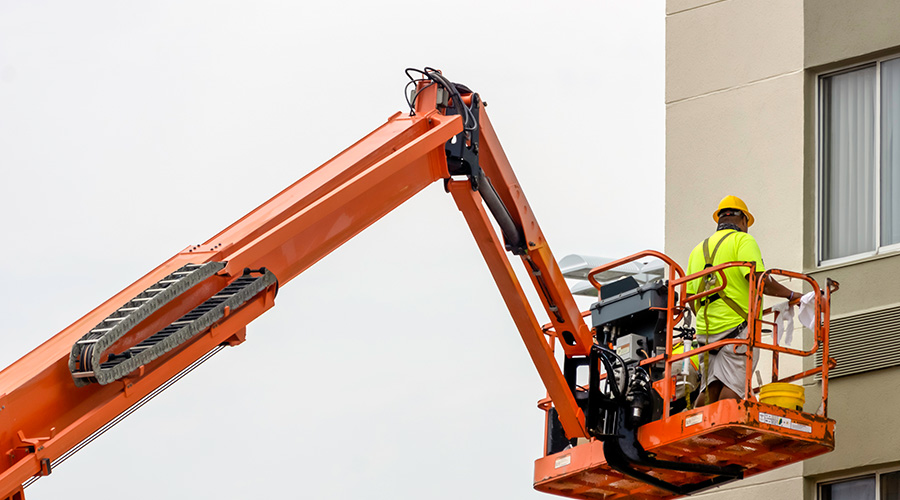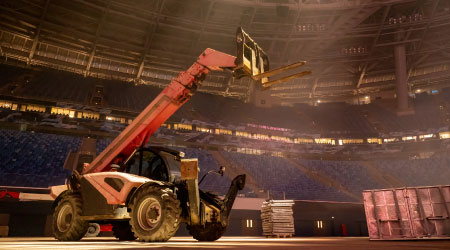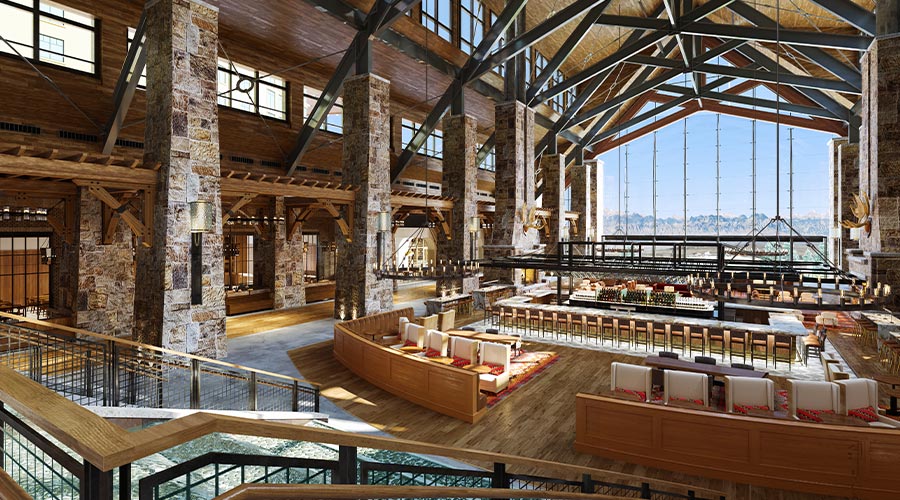Lift Specification: Ask the Right Questions
Selecting the right lift equipment can be a difficult task, given the product options, obstacles on the job site, financial concerns and the tight time frame in which most maintenance and engineering departments operate. Manufacturers also have introduced new features and functions to address customer needs.
For example, one manufacturer has introduced an articulating boom lift that is narrower than earlier models at 4 feet 11 inches, Disser says. It also offers 23-foot up-and-over reach and an AC drive system. Another manufacturer has rolled out a scissors lift with higher reach and auto-leveling hydraulic riggers for applications in sloped areas.
Managers’ most common mistake at this stage of the process is thinking they know what the lift crews need without fully investigating the situation.
“Often, end users assume they know exactly what they need, and you know what happens when you assume,” Disser says. “Their mistake is not getting an expert out there before they make their equipment decision. They think they know how tall a unit they need, or where all the obstructions are.
“They often specify equipment that is too small, and they compromise safety.” As a result, operators end up using the equipment anyway but standing on something like a toolbox or a railing to reach, instead of being able to work at chest height. On the other end of things, end users over-specify the equipment and pay more than they need to.
To help managers make a more accurate selection, NES representatives use laser range finders for precision height measurement to provide an accurate measurement of the job site, Disser says.
One of the first options to consider for a lift is the base. Many manufacturers offer three different bases: standard, straddle and counterweight. The standard base is the most compact design. The straddle base offers adjustable base legs to straddle loads or fixed objects. The counterweight base uses extra stabilizers to provide additional support.
“How customers intend to use a material lift dictates the options and attachments to choose from,” Williams says. “With so many choices, a material lift can be customized to match any application.”
Managers should be prepared to answer these questions from a dealer:
• How often will crews use the lift?
• If using the lift indoors, how big is the facility, and how do crews need the lift to function in the workspace?
• Does the lift need to move between sites? If so, what vehicle will transport the lift?
• Where will the lift be stored?
Lifts also have multiple platform options, beginning with the size of platform, Williams says. Operators can choose from steel platforms in sizes of 4-8 feet. Many platform accessories also help customize the lift. Platform accessories include an auxiliary top railing, a fluorescent-tube holder, welder leads, half-height mesh, work lights, and a tool tray.
Managers also can choose the appropriate power options for their lift, Williams says. They might add a hydraulic or belt-driven generator that supplies power to the platform for tool operation without the need for an outside power source or extension cord. An inverter allows the operator to use a variety of power tools on the platform while elevated. Other power-system options include a battery-charge indicator, a second battery, mufflers, and hydraulic oil cooler.
Finally, managers can choose the right tire for the application. Air-filled tires work on rough terrain and indoor surfaces. They have high flotation and are treated with sealant. Foam-filled tires also are usable in rough terrain and indoor environments. Non-marking tires are often the best option for indoor applications.
Related Topics:














